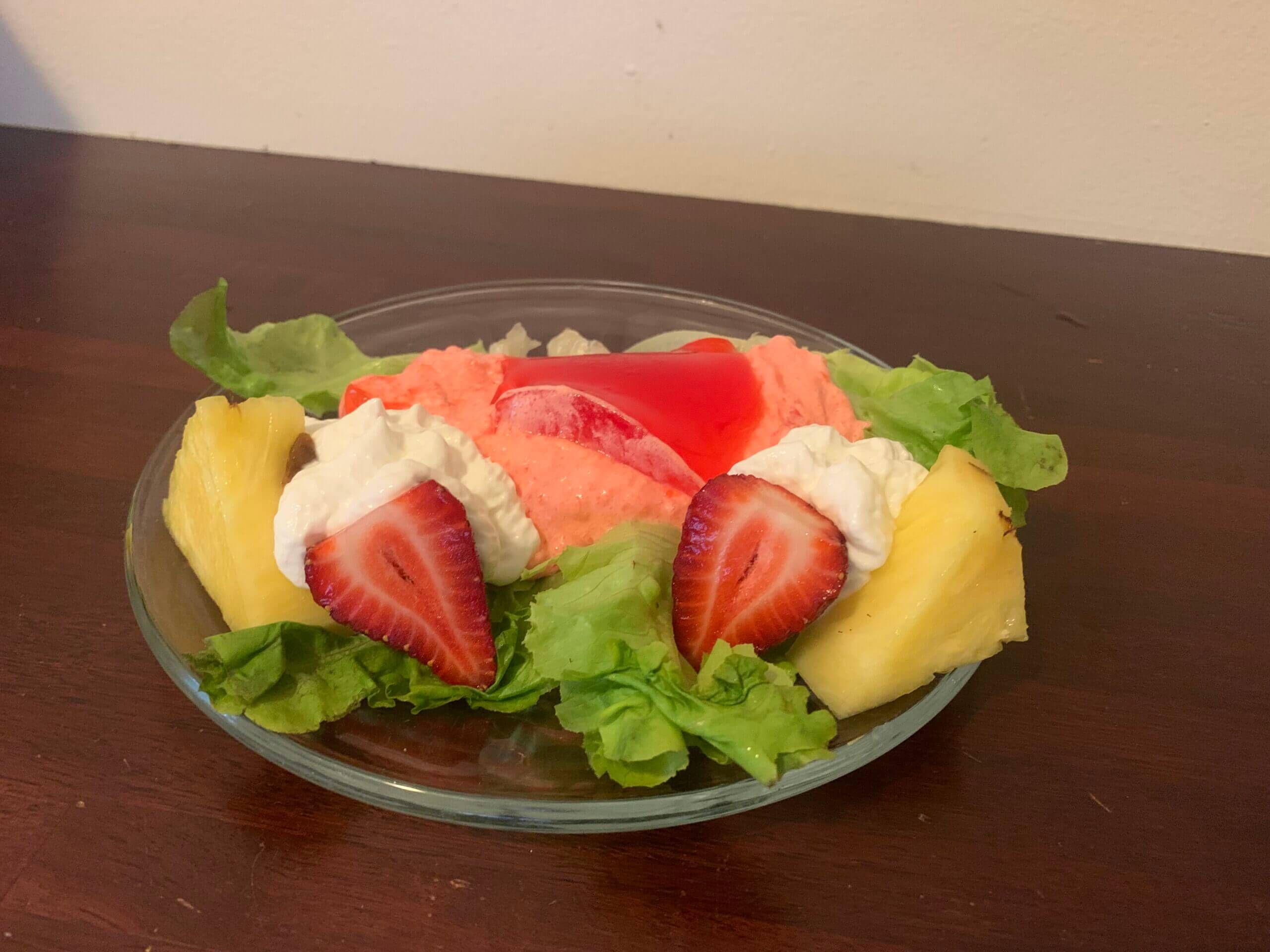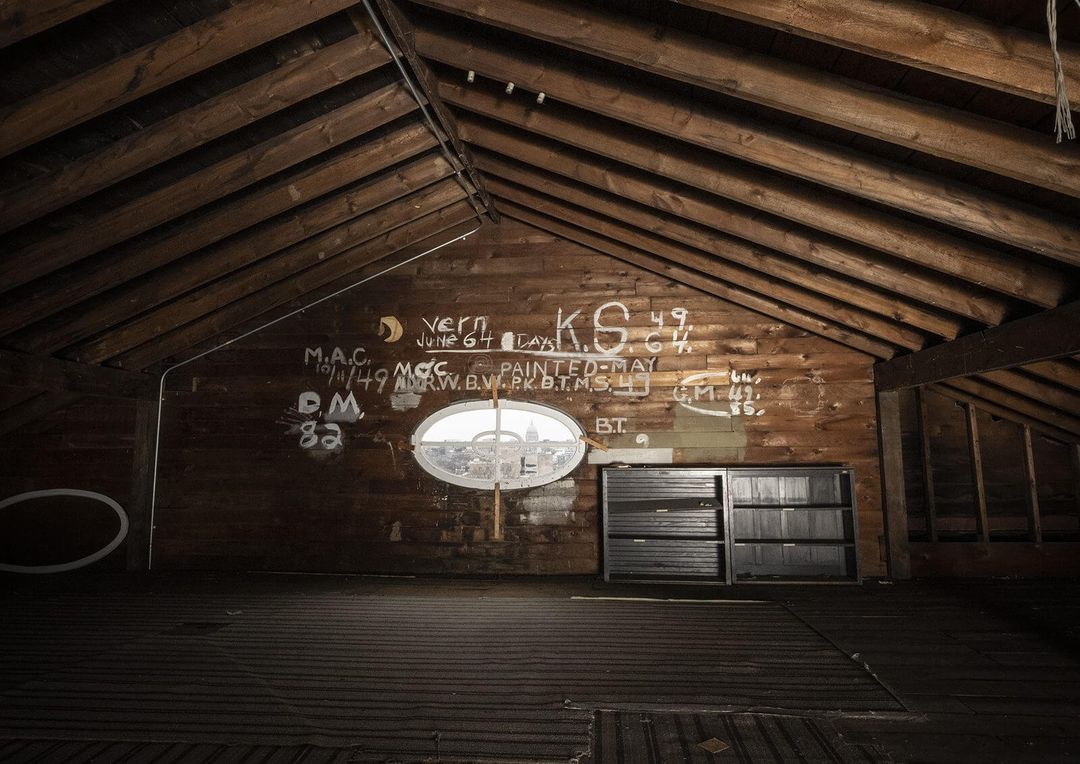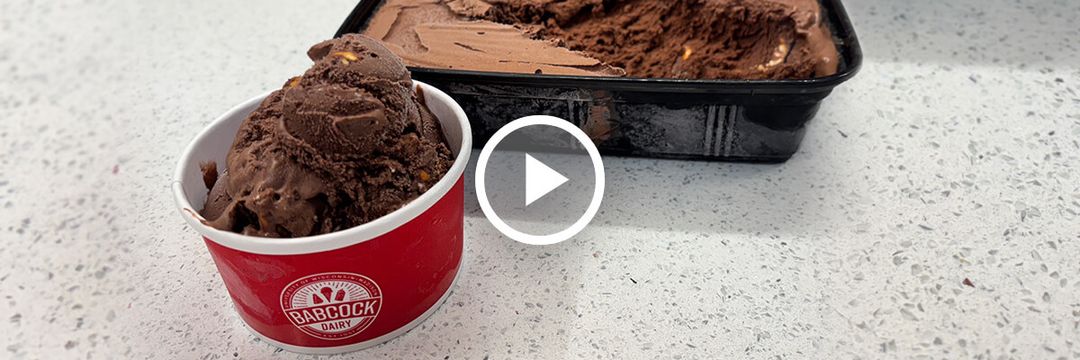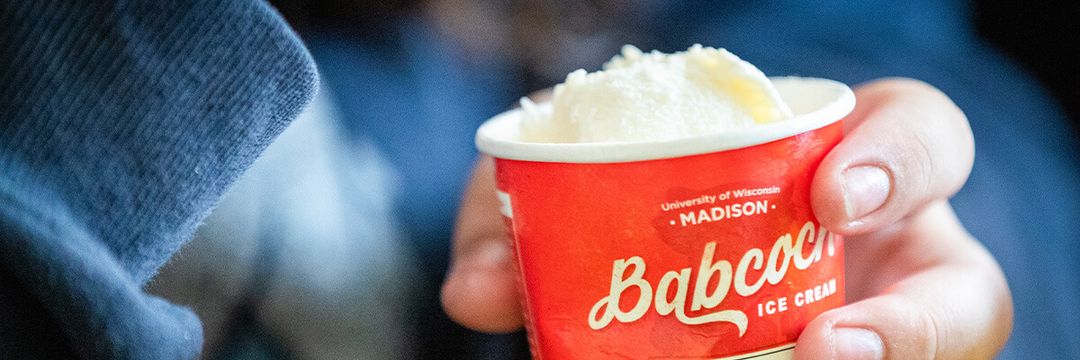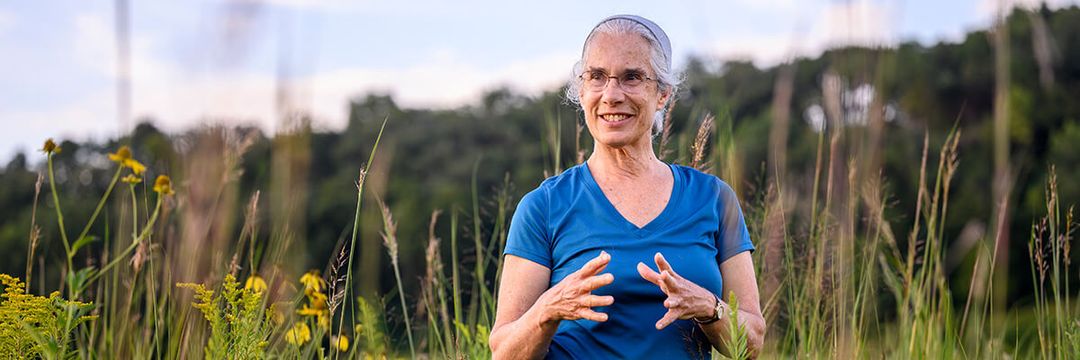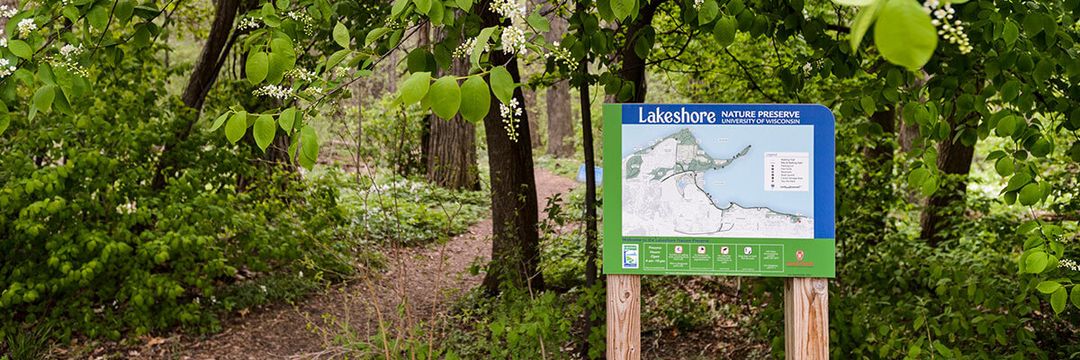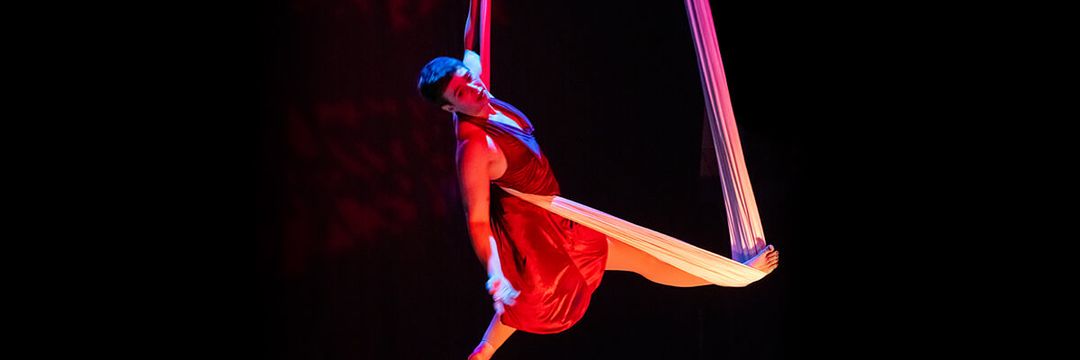It’s salad season, folks. Well, the tail end, I suppose. Everywhere you look — from magazine racks at grocery stores to the New York Times Cooking newsletter — special features on market-fresh, speedy-quick, and photo-friendly salads to keep your summer light and cool abound.
These salads did not make those lists.
As inaugural Eat-Like-a-Freshman gastronaut Esther Seidlitz learned with her brave venture into Imperial Jell-O Salad, the meaning of “salad” gets murkier the deeper you dive into 20th-century cookbooks. The closest I got to a leafy green in my recipe-browsing was called “Combination Salad,” which, evidently, is both the name and the instructions: gather seasonal vegetables and combine (okay, fine, and dress).
These two dishes — Volcano Salad and Wisconsin Sunset Salad — sound like they should capture the luscious colors and awe-inspiring spectacles for which they’re named. My attempts did not, but volcanos lie dormant most of the time and not every sunset is a Kodak moment, so I’m going to deem my efforts “true to life.”
But even if my salads don’t live up to their natural namesakes, they mark legendary UW chef Carson Gulley’s ELAF debut. Gulley was a head chef in the university’s residence halls from 1926 to 1954 and has been credited with the beloved culinary masterpiece fudge-bottom pie. These salad recipes come from Seasoning Secrets and Favorite Recipes of Carson Gulley.
Salad One Way: Volcano Salad
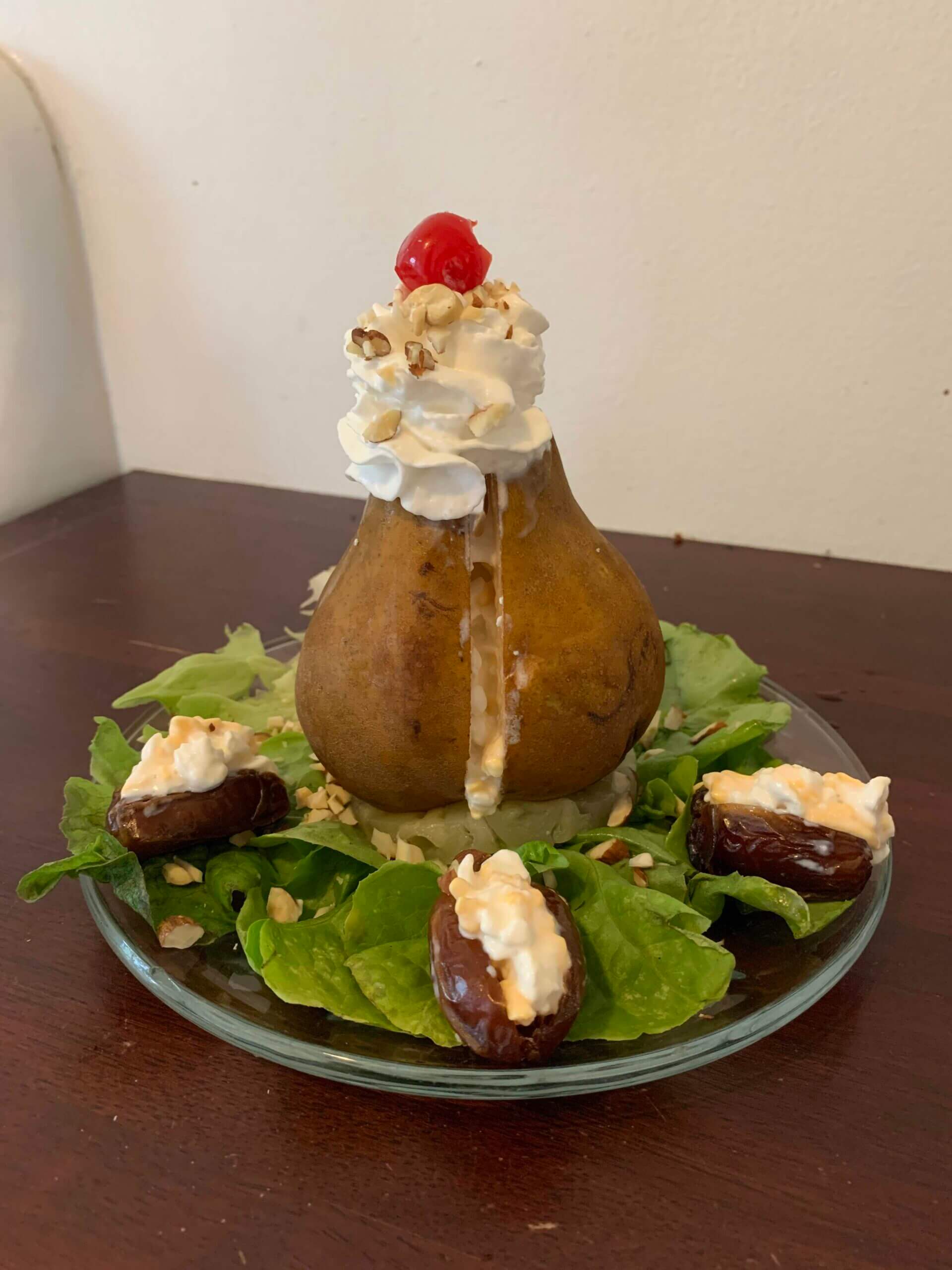
Ingredients
- 1 pineapple ring
- 1 pear
- 3 dates, pitted
- chopped nuts
- 1 maraschino cherry
- whipped cream
- ½ cup grated American cheese
- ½ cup cottage cheese
- Lettuce
Directions
- Arrange the lettuce on a salad plate. Place the pineapple ring on the bed of lettuce.
- Mix the American and cottage cheeses. Set aside.
- Cut the pear in half and create a small cavity in each half by scooping out the seeds (and then some).
- Fill each cavity with the cheese mixture, saving about two tablespoons. Fit the two pear halves back together and stand the reconstructed, stuffed pear upright in the pineapple ring.
- Top the pear with whipped cream, a cherry, and chopped nuts (think sundae minus the hot fudge).
- Stuff the three dates with the remaining cheese mixture. Arrange at the base of the pear.
You have to hand it to Volcano Salad: it’s pretty darn cute. Pears — at their best, nestled in gold foil in a Harry & David holiday box and, at their worst, floating in a syrupy can of fruit cocktail — don’t usually get the star treatment. There’s something endearing about the squat pear dolled up with whipped cream and a cherry on top. Good for this pear!
The structural integrity doesn’t survive the first bite — a forkful causes full destruction (eruption?) of the volcano — but the flavors are not bad! Fruit and cheese are a natural pear (ha), as are fruit and whipped cream. Because the salad’s ingredients (save for the cheeses) are introduced in their original form (not modified before adding) and assembled shortly before serving (not steeped together in one big bowl), their unique qualities shine through. Airy whipped cream, juicy pear, lightly savory cottage cheese, and crunchy peanuts converge in a texturally diverse and interesting bite (bonus tasty-points for the bite with the cherry!).
Would I make this salad again? Despite an overall positive review, probably not, and for reasons that have nothing to do with my inability to decide whether this is an intra-meal salad or dessert course. Cheese pears(ha-ha) just fine with fruit, but when it met the whipped cream, the dairy cousins couldn’t seem to agree. This was due in large part to the grated American cheese, which I didn’t feel had a place on this plate (nor did it have any business being grated in the first place). In this dish, the cottage cheese is just fine.
You may be asking yourself, “Wait, weren’t there dates? Cheese-stuffed dates?” There were. I wish I could say I’m glad you remembered. Instead, I’ll say that if dates don’t tickle your fancy on their own, they aren’t made any more palatable when stuffed with cottage and American cheeses.
I ate only half of this salad for my review. I, like the pear, was stuffed.
Additional Notes and Adjustments:
- The original recipe yields six salads. I adjusted this recipe to make just one.
- The original recipe also calls for “salad dressing” to be mixed with the whipped cream before adorning the pear. The problem with this direction was that it did not specify which salad dressing to use. I took this as a free pass to skip that addition, but I concede that it could have made for a very different salad, for better or for worse.
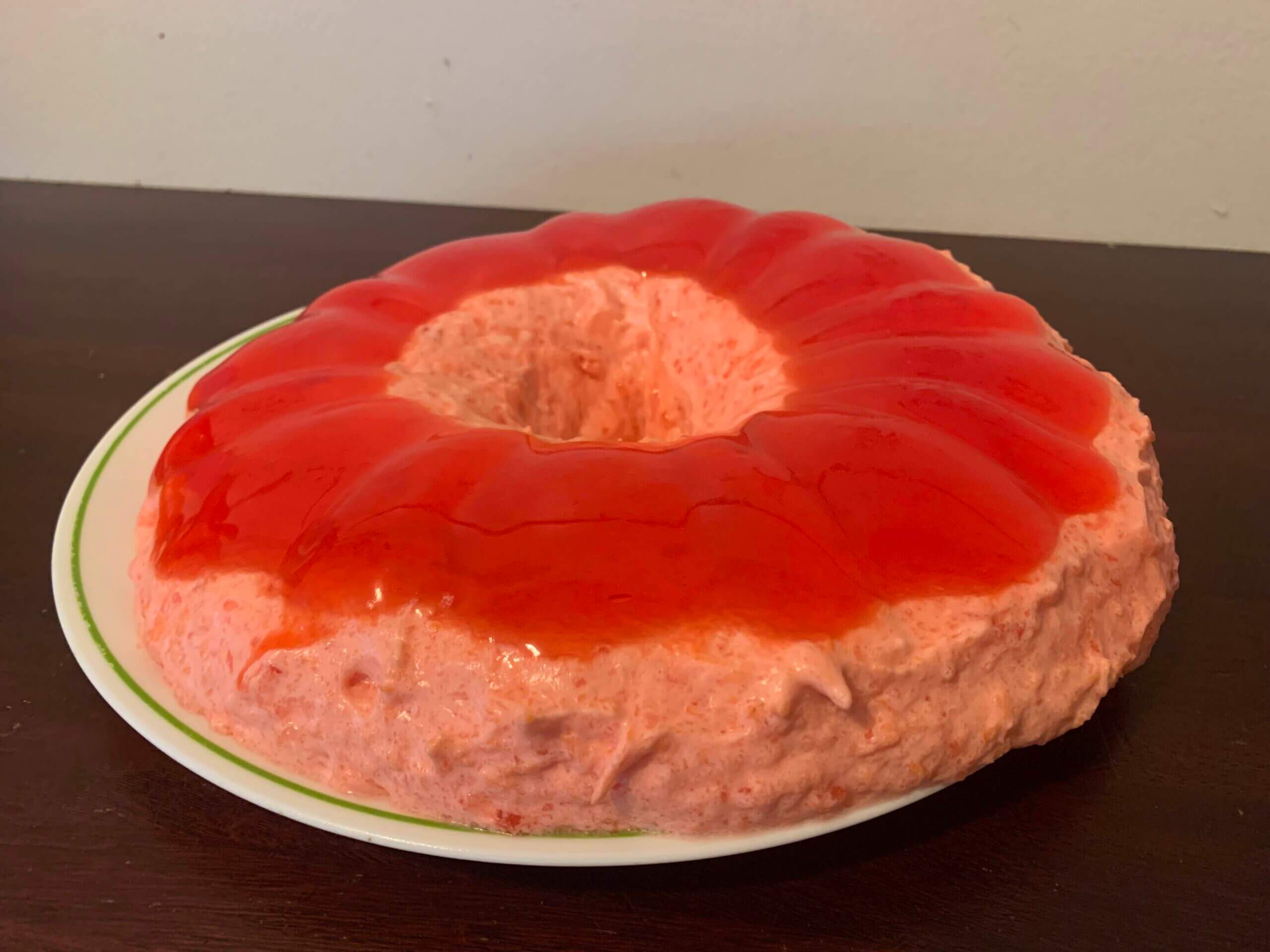
Salad Another Way: Wisconsin Sunset Salad
Ingredients
- 1 package strawberry gelatin
- 1 package orange gelatin
- 2 cups hot water
- 1 cup cold water
- ½ cup pineapple juice
- 2 tablespoons lemon juice (fresh-squeezed)
- 1 cup whipping cream
- 1 tablespoon sugar
- 1 cup cream cheese (whipped)
- 1 cup drained pineapple
- ½ cup grated carrots
- Fresh fruits and lettuce for garnish
Directions
- Dissolve the strawberry and orange gelatins together in the hot water. Add the cold water, pineapple juice, and lemon juice.
- Pour about a quarter of this mixture into the bottom of your salad mold (I used a Bundt pan) and chill until firm. Pour the remainder into a bowl and chill until jelly-like.
- Beat the jelly-like mixture until fluffy. Fold in the whipped cream cheese.
- Fold in the pineapple and grated carrots.
- Whip the cream and sugar together until stiff peaks form. Fold this into the gelatin, cream cheese, and fruit mixture.
- Pour this mixture over the firm gelatin in the salad mold. Chill overnight (or longer) until firm.
- Remove the salad from the mold and serve on a bed of lettuce with fresh fruits.
I had sky-high hopes for this salad. Between agreeable ingredients and colors pulled straight from a watercolor Terrace sunset, I thought this might actually yield something worth serving at an end-of-summer picnic. I also harbored nostalgic excitement: it had been a while since I’d had Jell-O, and I wanted to see how it held up to my childhood memories of the jiggly dessert.
The short answer: it didn’t, literally or figuratively.
Assembly was simple, and after adding the final mixture to join the pure-gelatin layer in the salad mold, I chilled the whole dish for nearly 20 hours, hoping it would slide out of the mold and land safely on the soft bed of lettuce. Either I bungled a small but integral structural detail, or they just don’t make gelatin like they used to.
Perhaps I set myself up to fail by forgetting the lettuce, because when I finally coaxed the mixture from its mold, it slunk onto the bare plate with a reluctant thunk. And it looked like Spam. It was short, lopsided, and a bit underwhelming.
Slicing the confection turned into scooping, and the scoop did end up on a bed of lettuce. Here, Spam became … raw salmon? Dressed up with fresh pineapple, strawberries (I had hoped to fashion little “rays” coming off of the sunset salad), and tufts of whipped cream, it started to look presentable. The pilot light of hope flared. Maybe I didn’t mess this up after all!
The first bite blew that light right out. It wasn’t bad; the flavors didn’t clash. Even the seemingly strange addition of grated carrots came across like bits of the pulpy pineapple with which it was suspended in the creamy layer. But what I had hoped would recall the fruity, structured salads of summer barbecues past proved to contain entirely too much dairy. Instead of a balanced mixture of flavors (and, as you read above, there was quite a bit of mixing), the pink layer was runny and overpowered by cream cheese and whipping cream. I had taken great pains to fold minimally in order to avoid, as they say on the Great British Baking Show, “knocking the air out of it.” I wanted a light layer that bubbled as a fork cut through it and that stood tall and proud under a thin layer of gelatin. Instead, I got something that seemed exhausted by having to be upright and whose flavors only hinted at two packs of fruit-flavored gelatin.
My boss encouraged me to bring the rest into the office. Whether that was for officemates to stare at or sample, I’m not entirely sure, but it was out of the question either way. This salad was not meant to travel; I barely trusted it to stay on the plate in my fridge. It sat there for a few days, partly because I felt guilty wasting it and partly because I wanted to see how long it took for the salad to seep off the plate. To the salad’s credit, it held its own in that technical challenge, and for that, it earned my respect (though not another attempt).
Additional Notes and Adjustments:
- The original recipe doesn’t specify using fresh-squeezed lemon juice, but I took the liberty of doing so because Gulley is a proponent of fresh-squeezed throughout his book.
- The original recipe also instructs the cook to whip a cup of what I can only assume was cream cheese in block form until it “has the consistency of whipped cream.” I don’t have the kitchen equipment to do this, so I purchased the pre-whipped variety. This may have been to the salad’s detriment.
Do you remember enjoying one of these sweet salads during or after dinner in a campus dining hall? Do you know what the mystery “salad dressing” is in Volcano Salad, or how to rejuvenate Wisconsin Sunset Salad? Let us know or send us our next ELAF recipe!
